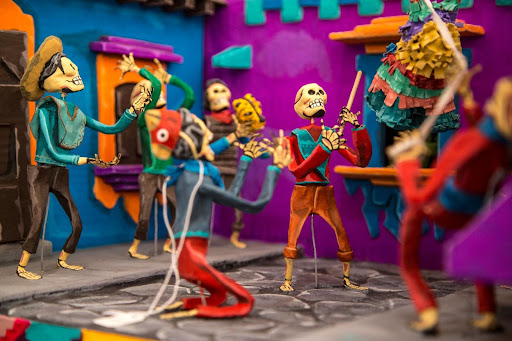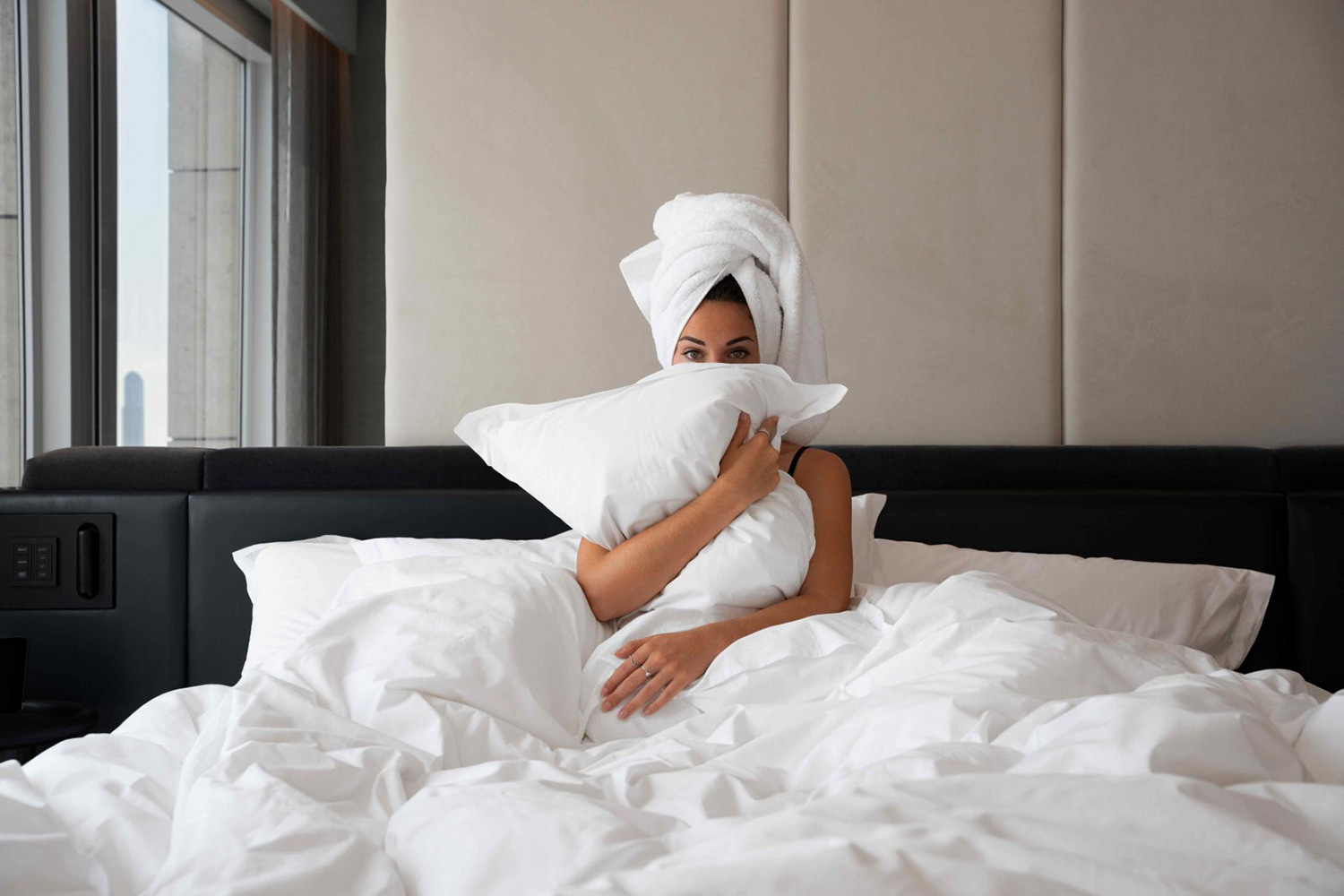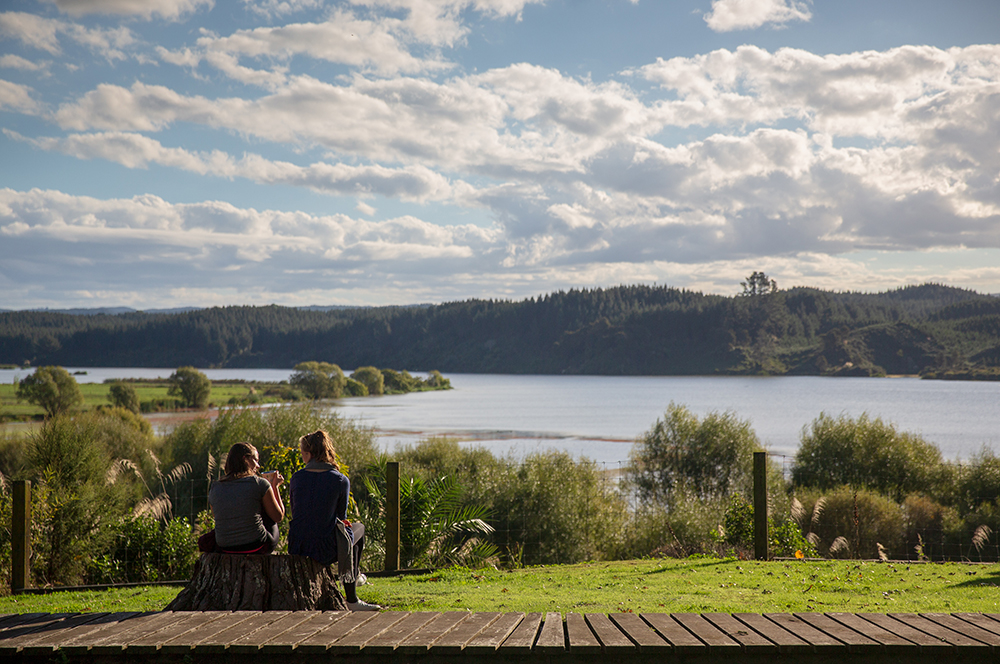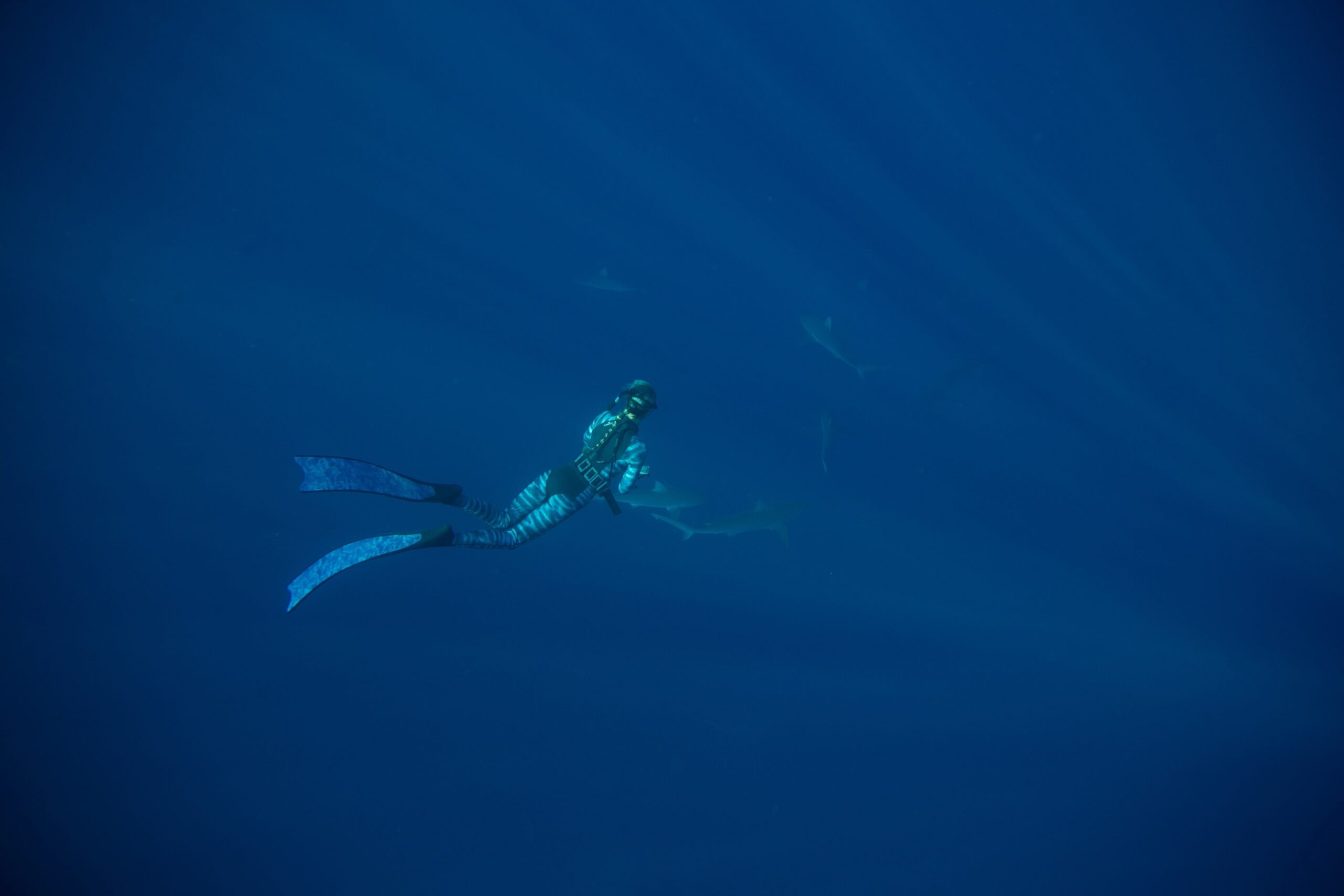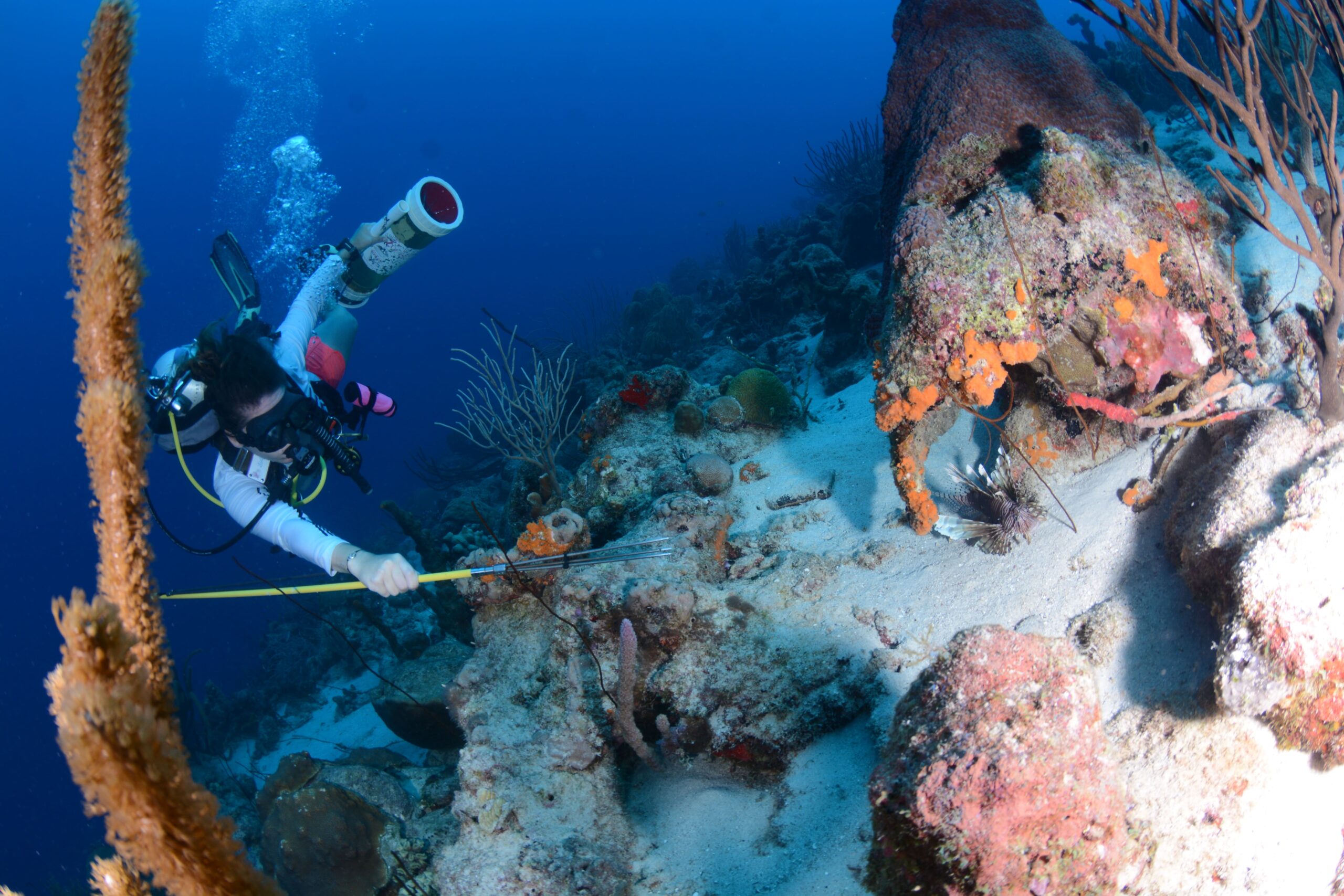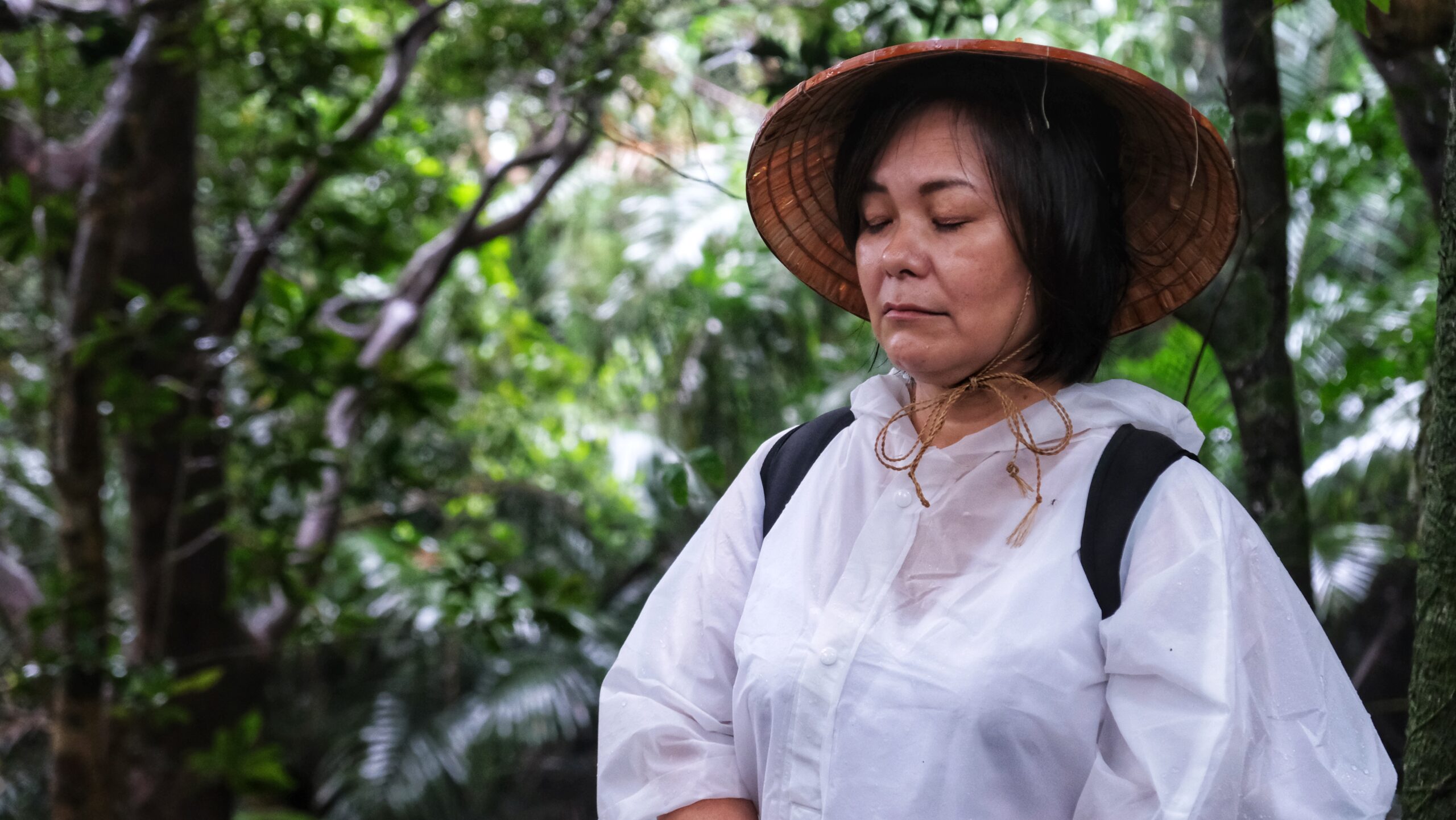NORTH STARS:
Wildlife Ecosystems
Gender Equality
Energy Efficiency
“From textiles, pottery, to jewelry, Santa Fe shines as a shopping destination rife with artisan goods.“
“I make everything by hand, I stamp the back of each piece with my signature, and I guarantee my work,” remarks a Native American artisan from the Laguna – Zuni Pueblos. He slips a sterling silver bracelet embedded with lapis lazuli over my wrist while explaining the stamped icons along its delicate sides. “The design depicts life’s journey: the sun represents the inner light of self, the footprints are your inner self, and the bear paws stand for power and strength.” I hand him a sum of cash and take his card for the future just in case I have post-trip shopping regret and want to order another piece.
From textiles, pottery, to jewelry, Santa Fe shines as a shopping destination rife with artisan goods. Perched at 7,000 feet above sea level, the historic, high-desert city has preserved its ties to Spanish, Native American, and Mexican traditions. With 400 years as New Mexico’s state capital, the “City Different” has become a cultural hub for art galleries, museums, and music. Framed by the Sangre de Cristo Mountains, the city’s blue skies, crisp air, and pueblo architecture appeal to travelers looking to for authentic experiences, including local and indigenous art.
In fact, Santa Fe serves as the country’s third largest art market after New York and San Francisco, despite a population of around 88,000, with much of the works focused on preservation of cultural heritage. “The erosion of traditional crafts around the globe not only destroys good skills, but ways of living and seeing the world. It is much like losing a language,” says Hecho a Mano Gallery owner, Frank Rose.
While the shopping is always good in Santa Fe, two festivals stand out for those seeking a deeper dive into the culture, people, and stories behind handmade works.
In July, the International Folk Market seeks to create economic opportunities for and with folk artists worldwide who celebrate and preserve folk art traditions. Buyers from major cities around the U.S. (and the world) visit the market each year, though consumers can participate, too. The International Folk Art Market envisions a world that values “the dignity and humanity of the handmade, honors timeless cultural traditions, and supports the work of artisans serving as entrepreneurs and catalysts for positive social change.”
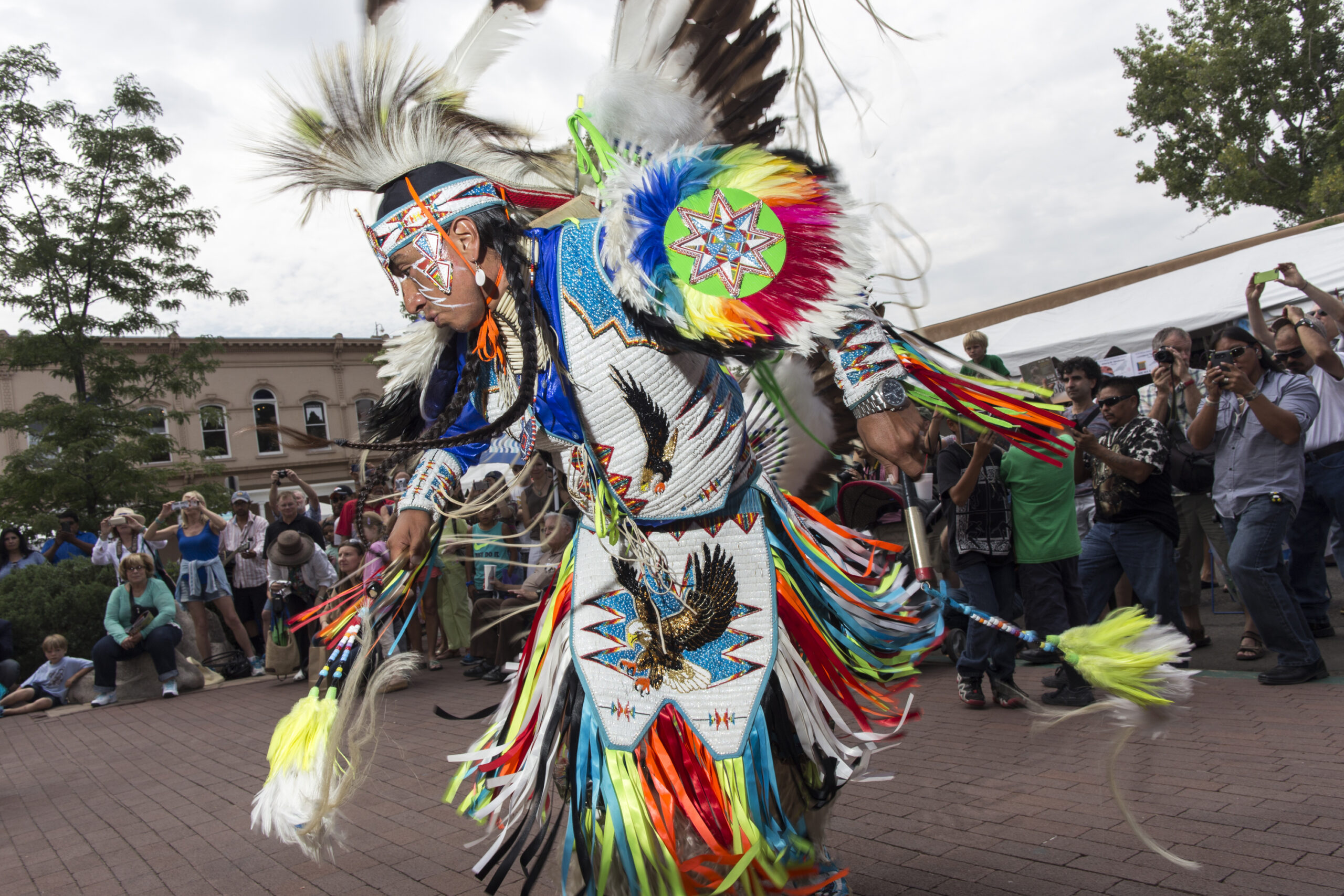
Dancing during Indian Market days. Image courtesy of Santa Fe Tourism.
More than 150 artists participate, trekking to the United States from 52 different countries. These artists represent another 25,690 members of cooperatives and groups that ultimately impact the lives of 256,900 more family and community members. Over four days, 16,000 visitors attended the event, purchasing almost $3 million in folk art. Artists consign their artwork to IFAA and all sales are handled by IFAA. On average, nearly $20,000 per booth is sent back to artists in their native countries.
In August, the Southwestern Association for Indian Arts (SWAIA) hosts the annual Indian Market. The event draws an estimated 100,000 people to what the organizers bill as “the largest juried Native American art show in the world.” According to Steele Campbell, Executive Assistant of SWAIA, “the Santa Fe Indian Market is the gold standard of Native Art Markets where even acceptance is a hallmark of excellence. We now have almost one thousand different artists who create, prepare, price, and sell their own designs and artwork. During the busiest week of Santa Fe and the largest economic event in New Mexico, thousands upon thousands of people can visit with our artists and purchase artwork from them personally,” Steele says.
“A key difference from this model and how we began, as well as many other fairs and most galleries, is the interaction with the artists where meaning and story can be shared,” Steele continues.
“Santa Fe Indian Market highlights the art and the artist, empowering each to be their own small business. Our platform showcases their skill which translates directly to their economic support. In this way, the Southwestern Association for Indian Arts (SWAIA) is more than Market. It is a medium of support and representation that reaches far across reservation borders and into tradition mixed with ingenuity,” says Steele. Essentially, SWAIA represents more than just art, but showcases people, traditions, and aesthetics, while “making space for voices that have been silenced for far too long,” Steele says.
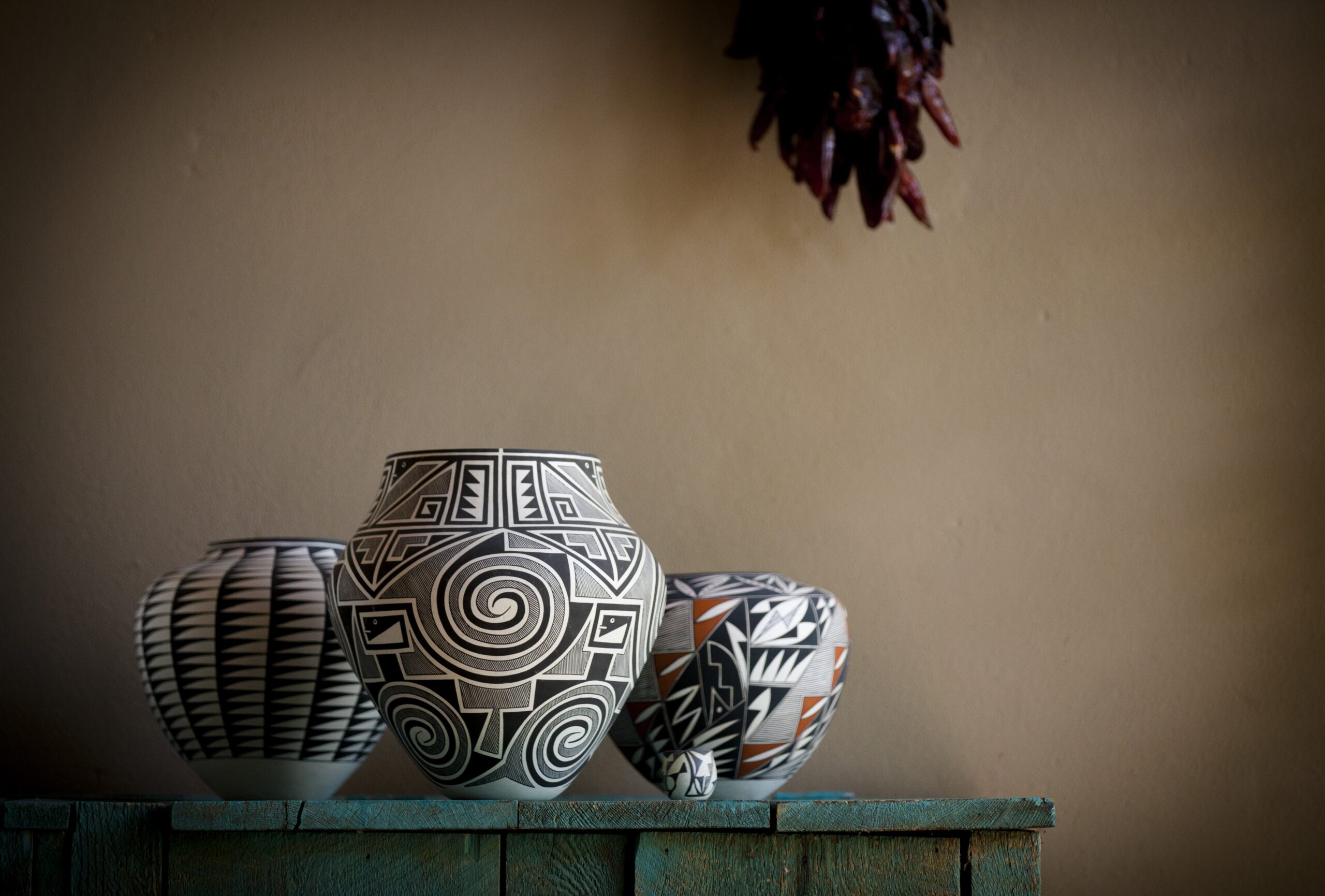
Local pottery. Image courtesy of Santa Fe Tourism.
“Though current media is merely beginning to showcase Native creators, we have always been here,” adds Steele.
The event takes place on and around the city’s central plaza and sponsors Native artists from more than one-hundred tribal communities in North America and Canada. Artists show their latest work and compete for awards in SWAIA’s prestigious judged art competition. Santa Fe’s Indian Market has endured for the past 100-years and today generates upwards of 160 million dollars annually in revenues for artists and the community.
If you’re in town outside of these events, here are five shops that represent the values of a conscious consumer, from women-owned businesses, supporting local communities, to preserving the heritage value of indigenous crafts.
North Stars: Gender Equality, Heritage Value, Community Support
Whether a Native American pottery fanatic or burgeoning enthusiast simply mesmerized by delicate hand-painted geometric designs, this is the shop to browse. President Andrea Fisher graduated from Berkeley with a major in design that included access to pottery and Tribal Art classes. Thirty-one years later, she’s wielded a lifetime of experience into one of the finest venues for patronizing the pottery of 19 Pueblos in New Mexico, as well as the communities of the Navajo, Hopi, Wyandot, and Apache. She and her team only work with traditional pottery, that equates to hand dug clay, coil construction, stone polishing, hand painting, and handmade paints from minerals and plants, culminating with ground firing. “The shapes and designs are ones that have traveled down the generations within a community,” she explains. Shoppers can browse vintage pieces dating to the 1880s, learn about the individual artist displayed biographies, or shop for specific designs typical of a Pueblo.
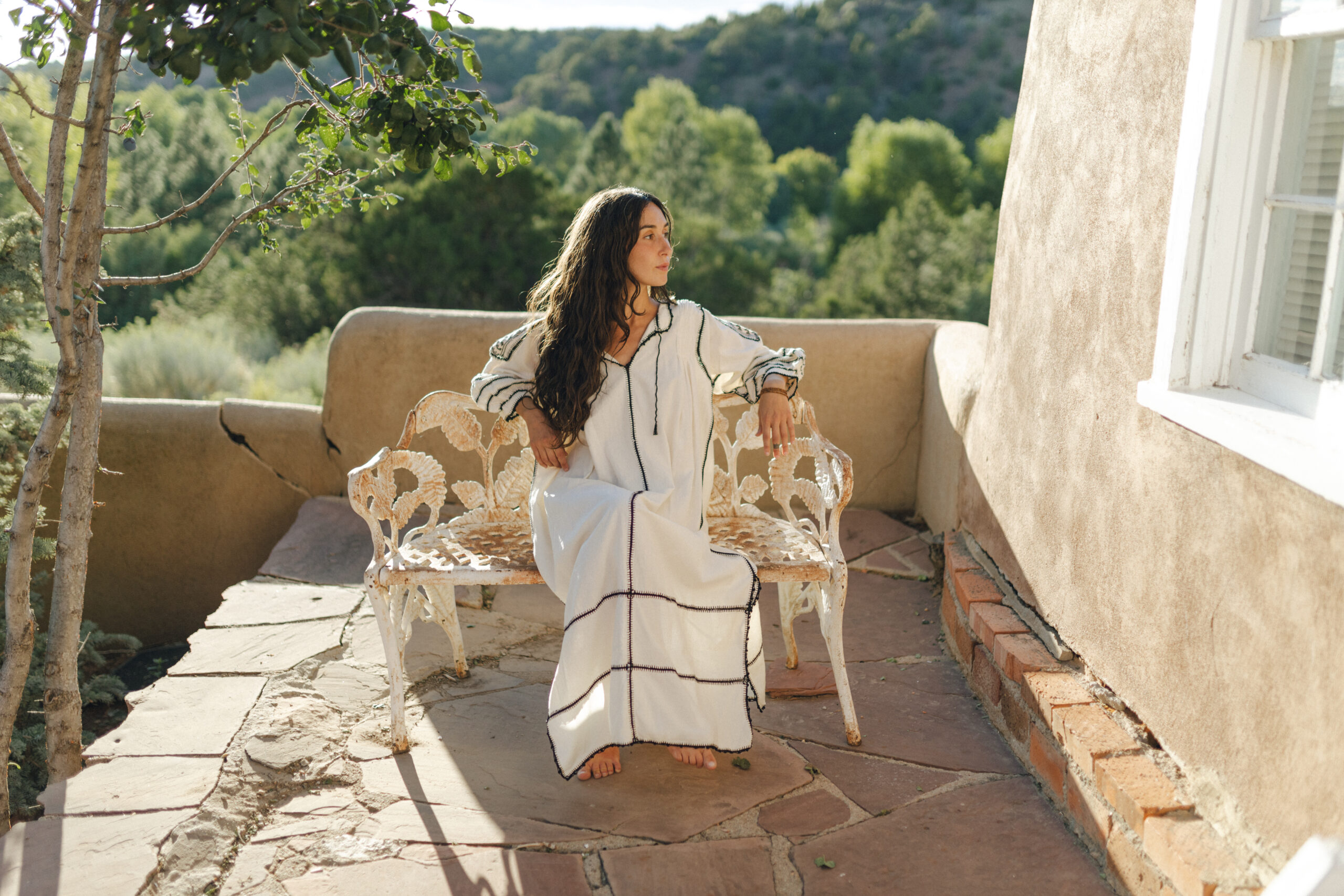
Oaxaca Dress. Image by Kayleigh Maes.
North Stars: Gender Equality, Heritage Value, Community Support
Owner and founder Heidi McKinnon sources beautiful handmade clothing, accessories, gifts, decor, and textiles from 50 artisans around the world, including from Mexico, Chile, Panama, Guatemala, Argentina, Ecuador. McKinnon has a background in museum development and curation, notably at the Smithsonian, with much of her career focused on Latin American communities. After finishing a project in Panama, the Museum of Freedom and Human Rights, she conceived of Heritage by Hand to create something personal that aligned with her vision of how retail could support cultural heritage in a sustainable way. Browse her collection which includes Purepecha water jars from Michoacan, Mexico; Nahua wool wraps from Puebla, Mexico made farm-to-closet; and Oaxaca dresses and blouses with embroidered and crocheted details made by a Zapotec designer. A personal favorite of McKinnon is a collection of Embera horse masks from the Darien Gap in Panama— only two women make them to scale.
North Stars: Diversity & Inclusion, Heritage Value, Community Support
This small gallery one block from Santa Fe’s downtown plaza, wows with big prints and dramatic designs from both historical and modern Mexican and New Mexican artists. Owner Frank Rose pivoted from a life in the studio to the business of curating. His philosophy is based on accessibility which he defines as not just price and the acquisition of pieces, but as “art as a universal human expression” as opposed to the notion of exclusivity common to the art scene. Rose first traveled to Oaxaca in 2015 and was “astounded” by the array of printmakers and collectives. When launching his gallery in 2019, he decided to highlight this unique craft, along with Oaxacan ceramics, and New Mexican crafts. Artists that resonate with Rose and patrons include Alberto Cruz, Zahra Marwan, and Terran Last Gun (Amskapi Piikani Blackfeet). One appeal of the shop is the affordability of works; smaller block prints run around $100, allowing shoppers on a budget access to beautiful pieces. The gallery’s site makes a point of acknowledging the theft of land from Native Americans and the reliance on and support of the indigenous artisans they showcase.
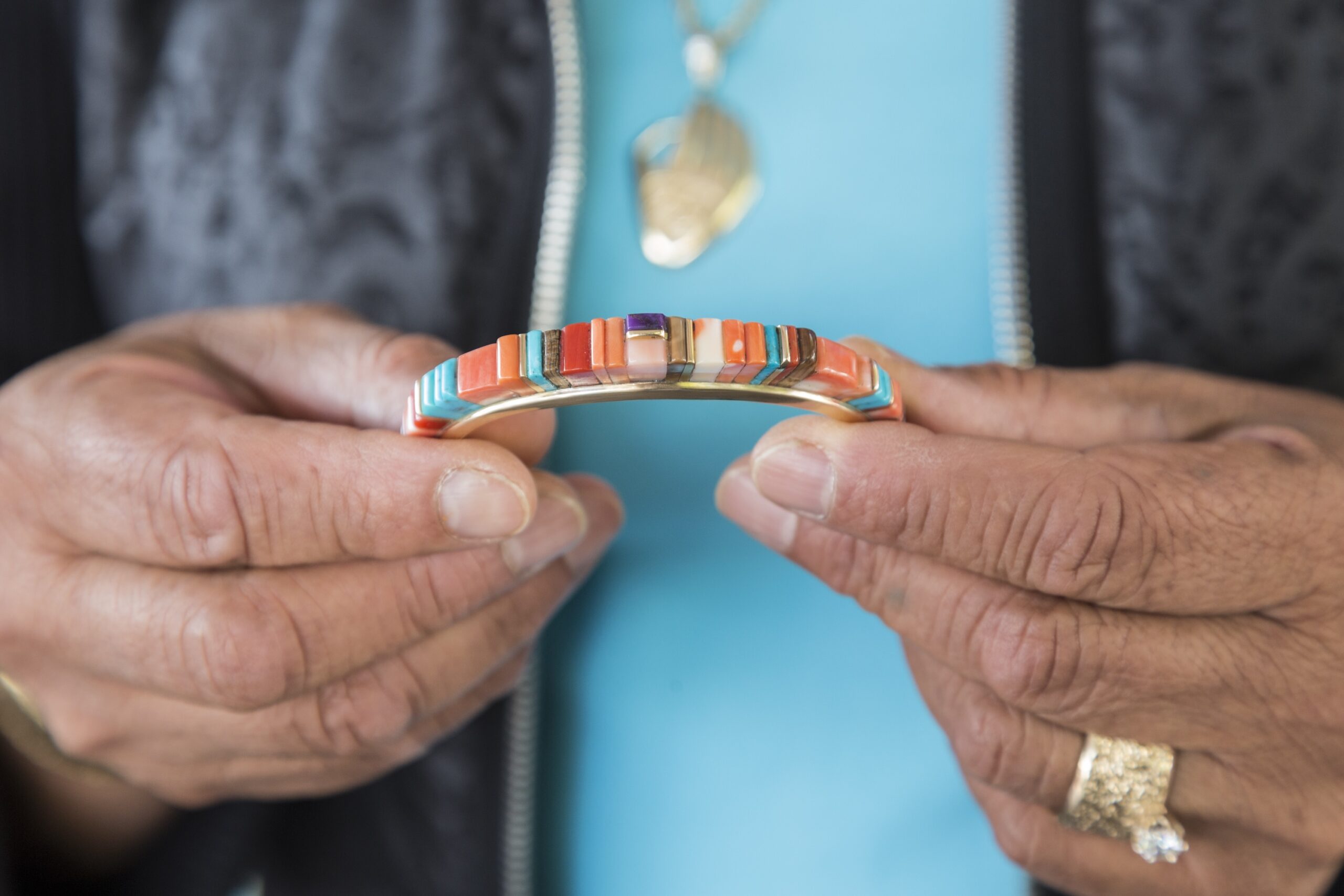
Local artisan selling handmade jewelry. Image courtesy of Santa Fe Tourism.
Native American Vendors at Palace of the Governors
North Stars: Diversity & Inclusion, Heritage Value, Community Support
The entire north side of Santa Fe’s downtown plaza is taken up by the 1610 Palace of the Governors, the oldest continually occupied public building in the United States. Its front adobe facade is completely shaded, and in this “portal,” the Native American Vendors Program has been operating for over six decades. A daily lottery ensures a rotating selection of artisans from the various pueblos throughout New Mexico. Shoppers have the benefit of buying direct from the artists with whom they can ask questions and respectfully learn about the process and inspiration. Each artist is required to have a license for authenticity and stamp their handmade pieces on the back with their signatures.
North Stars: Diversity & Inclusion, Gender Equality, Waste Management
Santa Fe Vintage Outpost’s owner, Jules Barth, curates a fabulous collection of vintage clothing and jewelry at this small shop in downtown Santa Fe. Filled with vintage Americana men’s and women’s wear from flannels to jean jackets and leather pieces, plus repaired wool blankets, and Fred Harvey-era jewellery and indigenous jewellery from the early 1900s, the shop proves that beautiful, well-made products deserve to be repaired and given a second life. You’ll also find handmade sterling silver and American turquoise jewelry that is silversmithed by the owner herself. This is a must stop while downtown to experience a feel of “old Santa Fe.”
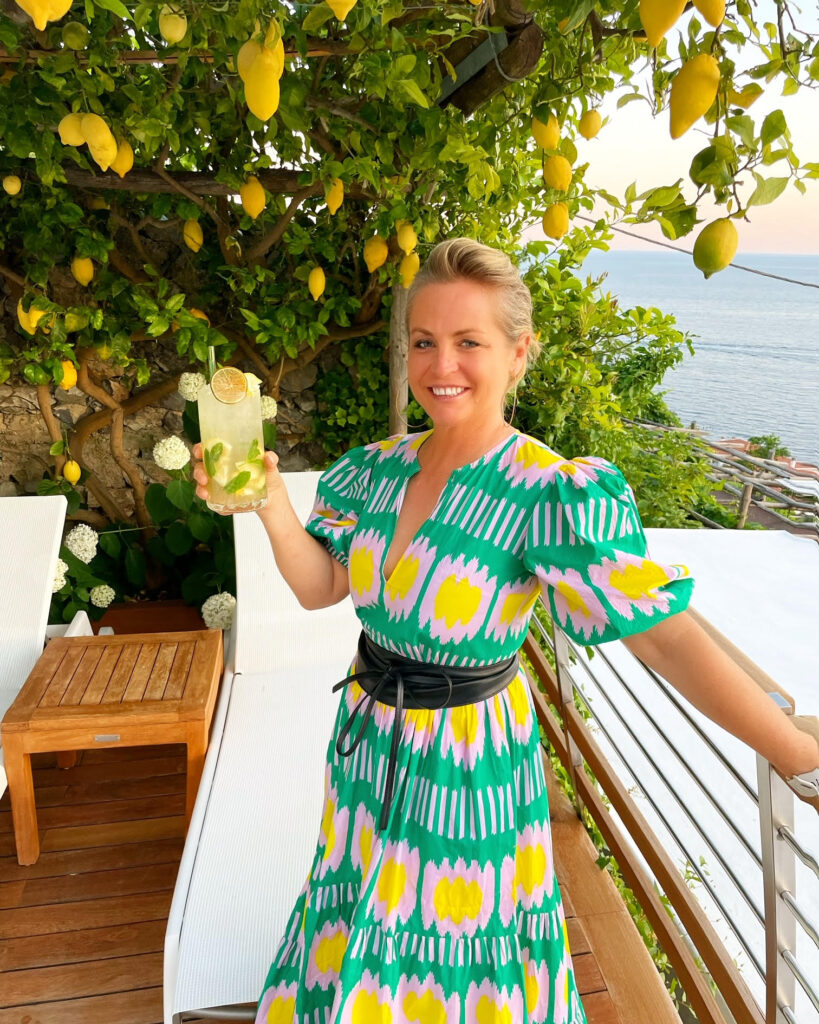
Founder and CEO of Azure Road, Lauren Mowery is a longtime wine, food, and travel writer. Mowery continues to serve on Decanter Magazine’s 12-strong US editorial team. Prior to joining Decanter, she spent five years as the travel editor at Wine Enthusiast. Mowery has earned accolades for her writing and photography, having contributed travel, drinks, food, and sustainability content to publications like Forbes, The Independent, Saveur, Hemispheres, U.S. News & World Report, SCUBA Diving, Plate, Chef & Restaurant, Hotels Above Par, AAA, Fodors.com, Lonely Planet, USA Today, Men’s Journal, and Time Out, among others.
Pursuing her Master of Wine certification, she has also been a regular wine and spirits writer for Tasting Panel, Somm Journal, VinePair, Punch, and SevenFifty Daily. Mowery is a graduate of the University of Virginia and Fordham Law School, and she completed two wine harvests in South Africa.
Follow her on Instagram @AzureRoad and TikTok @AzureRoad


